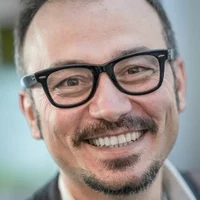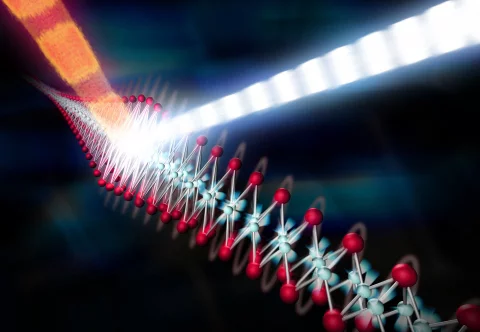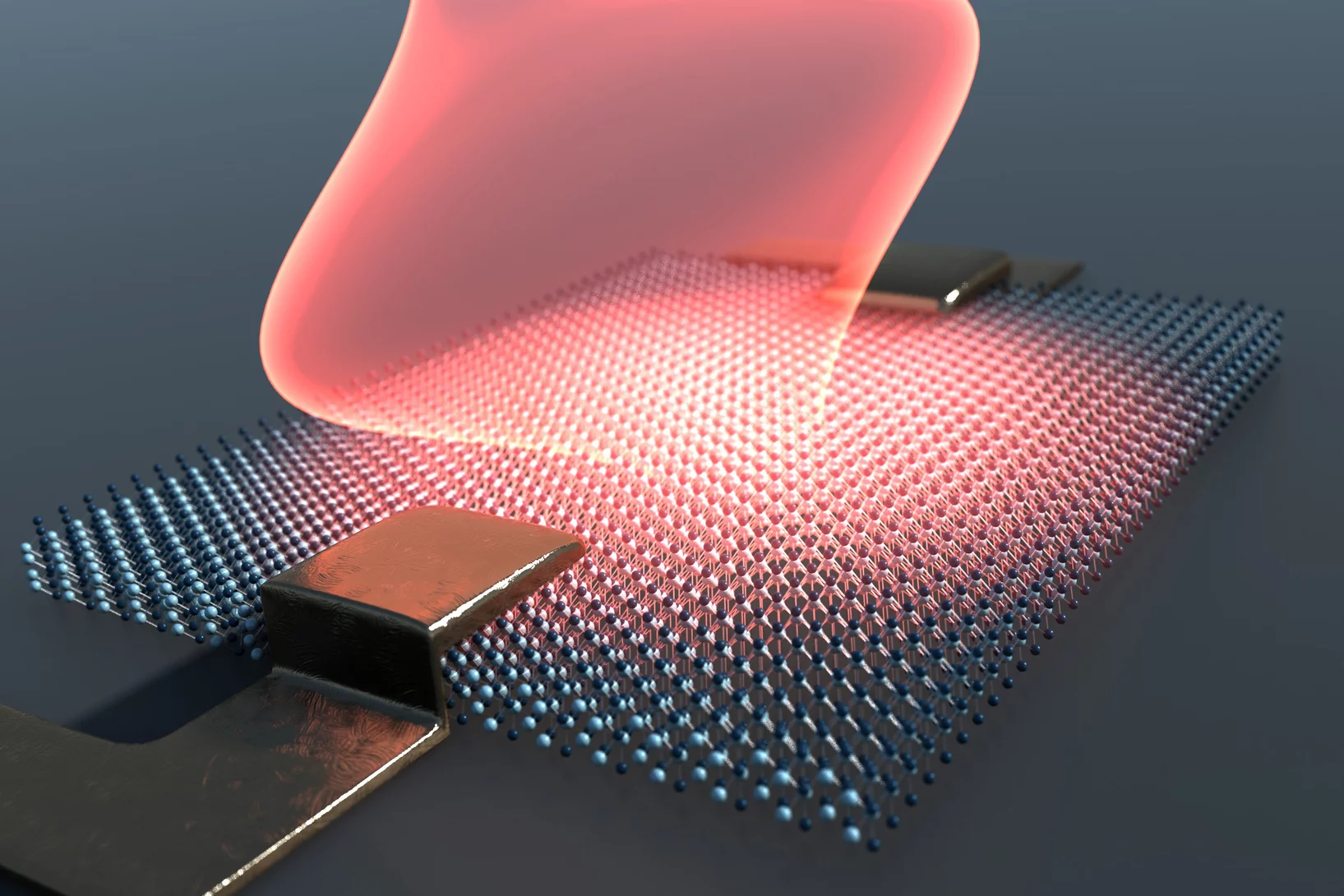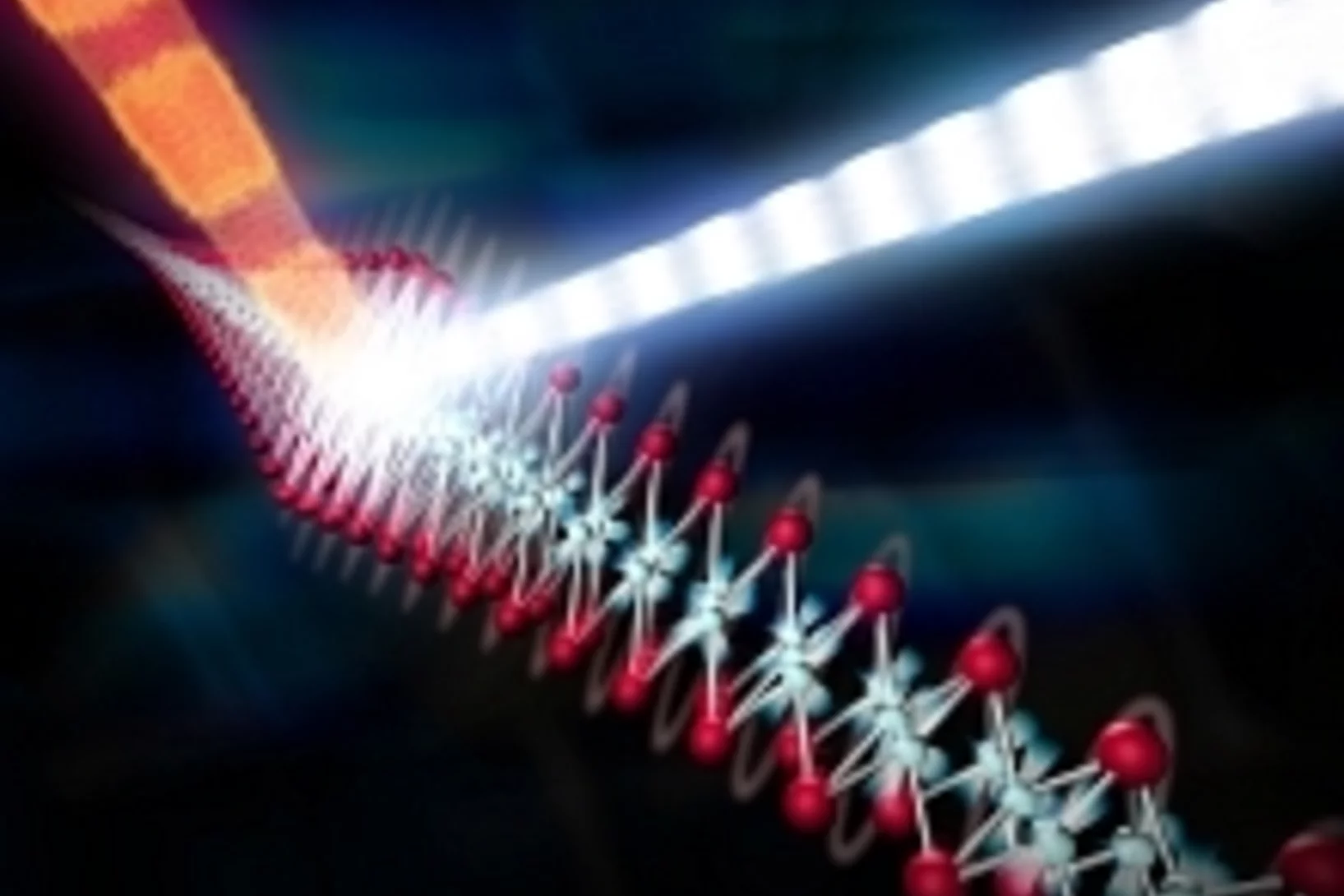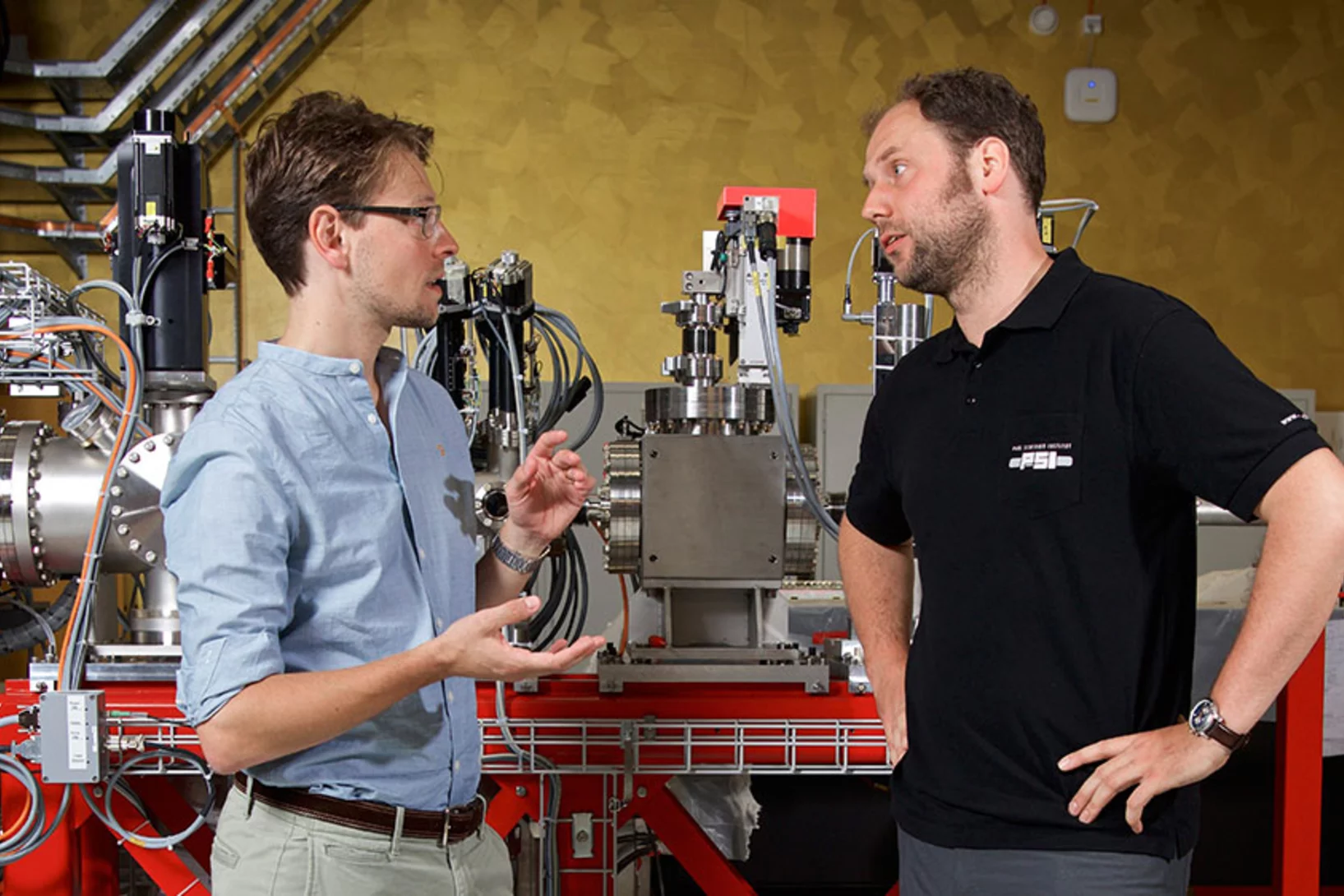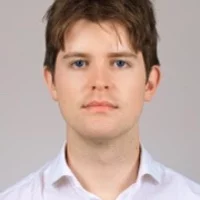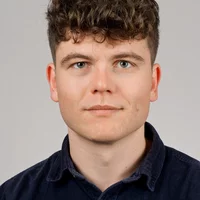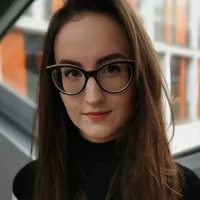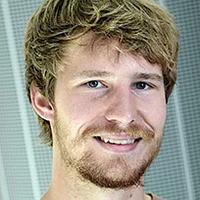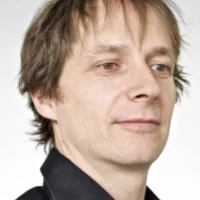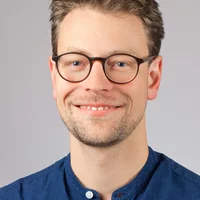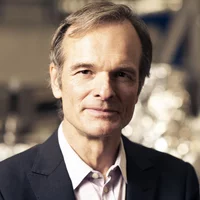Low temperatures are a pre-requisite for the exploration of many quantum regimes of matter. This is the case because a condition must be reached where the energy associated with quantum fluctuations is substantially larger than thermal noise floor. Quantum fluctuations can then condense and new electronic ground states emerge. These often feature complex phase diagrams and unconventional characteristics, such as superconducting or non-Fermi liquid properties, or also non-Abelian statistics. More generally, many of these macroscopic quantum many-body states entail coherence and superposition of states which can be tuned by non-thermal external parameters, such as static magnetic fields or electromagnetic field pulses.
The difficulty of combining low-temperature sample environments with photon experiments stems from the radiative heat input, particularly in pump-probe schemes where a sample is not only probed, but also excited by an electromagnetic field pulse. Consequently, only few possibilities exist world-wide for low-temperature, photon-based inspection of electronic states.
Our focus is to realize bespoke sample environments and combine them with novel measurement schemes at PSI’s accelerator-based lightsources, namely at SwissFEL and the Cristallina-Q endstation, for structural and spectroscopic studies deep in the quantum limit. We aim at using high magnetic fields and/or employing coherent driving protocols to directly image electronic quantum many-body states via time-resolved x-ray scattering.
Recent publications
Imaging ultrafast electronic domain fluctuations with X-ray speckle visibility
N. Hua, Y. Sun, P. Rao, N. Zhou Hagström, B. K. Stoychev, E. S. Lamb, M. Madhavi, S. T. Botu, S. Jeppson, M. Clémence, A. G. McConnell, S.-W. Huang, S. Zerdane, R. Mankowsky, H. T. Lemke, M. Sander, V. Esposito, P. Kramer, D. Zhu, T. Sato, S. Song, E. E. Fullerton, O. G. Shpyrko, R. Kukreja, S. Gerber
arXiv:2408.10050
Nonthermal pathways to ultrafast control in quantum materials
A. de la Torre, D. M. Kennes, M. Claassen, S. Gerber, J. W. McIver, M. A. Sentef
Rev. Mod. Phys. 93, 041002 (2021)
Femtosecond electron-phonon lock-in by photoemission and x-ray free-electron laser
S. Gerber, S.-L. Yang, D. Zhu, H. Soifer, J. A. Sobota, S. Rebec, J. J. Lee, T. Jia, B. Moritz, C. Jia, A. Gauthier, Y. Li, D. Leuenberger, Y. Zhang, L. Chaix, W. Li, H. Jang, J.-S. Lee, M. Yi, G. L. Dakovski, S. Song, J. M. Glownia, S. Nelson, K. W. Kim, Y.-D. Chuang, Z. Hussain, R. G. Moore, T. P. Devereaux, W.-S. Lee, P. S. Kirchmann, Z.-X. Shen
Science 357, 71 (2017)
Recent highlights
Project members
Tenure-track scientist
Head of PSI Center for Photon Science
